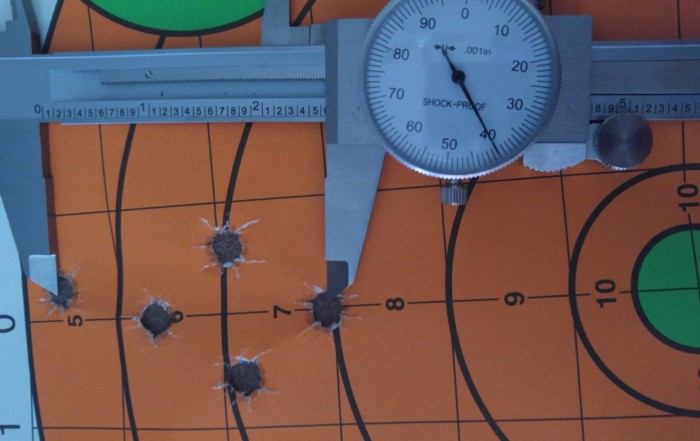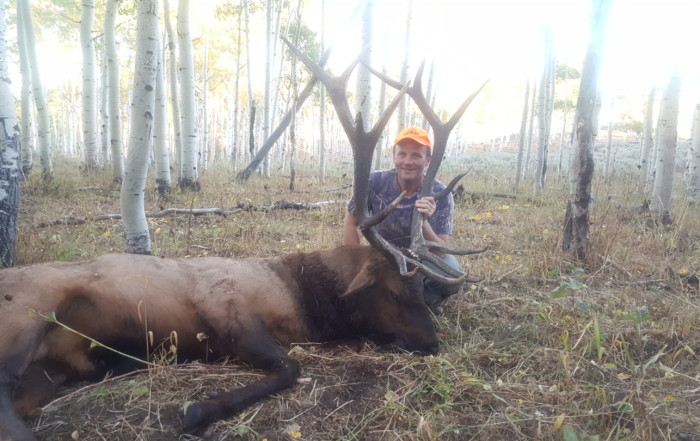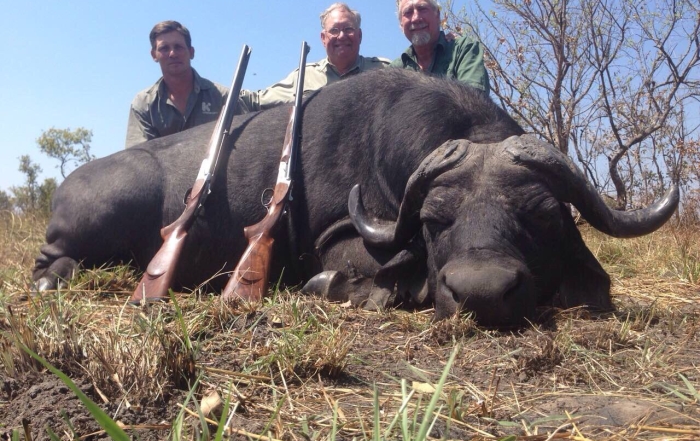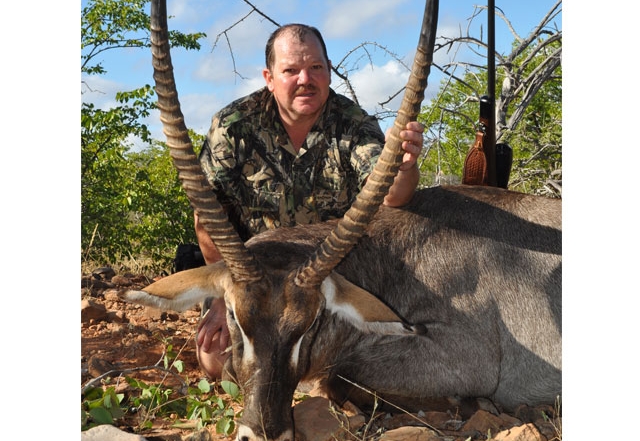
A few weeks ago I contacted Peregrine regarding the use of Peregrine PlainsMaster Bullets, specifically the 140 grain for a 6,5 mm x 284 for a friend of mine. We had the privilege of testing those bullets last week and I would like to share our experience with you.
Peregrine suggested that we use the same loads as we would use for regular bullets, since Peregrine Bullets can be shot at similar or lower pressure levels. This is what we did – we loaded the same loads as for the 140 grain Hornady Amax bullets, namely 50,0 gr, S385. This load delivered. On the five plus shots fired we got an average velocity of approximately 2 640 feet per second, and on one shot a grouping of less than one MOA! Below is a photo of the grouping at 110 yards.
We were very impressed with this grouping, especially because no formal load development had been done. The next test that we wanted to conduct was to shoot from 220 yards at a stack of wet magazines (the so-called “wetpack” test), in order to establish how the bullet would expand. The result of this test was just as remarkable; the bullet expanded perfectly (see the photo below), and, following the test weighed in at 132,1 grains. There were thin pieces of paper stuck beneath the petals of the expanded mushroom which we weren’t able to remove, but I am convinced that even if we had been able to clean the bullet completely, we would still have achieved weight retention of more than 90%.
With great excitement and anticipation our hunting trip finally arrived. The big test for the Peregrine Bullet would be to see how well it performs when we shot an Oryx. The distances on this particular farm were quite vast, and we weren’t able to get a shot in under 330 yards. A bull finally gave us an opportunity at approximately 360 yards (determined by a “rangefinder”). After the shot rang out we heard the immediate clapping sound characteristic of a body shot and we saw the bull stagger, but he ran on and disappeared behind the dune that separated us. We were very worried as we searched through our telescopes and binoculars for the bull amongst the antelope that appeared from behind the dune, prepared to shoot the injured bull, but we couldn’t spot him. We then decided to move closer, ready to shoot if necessary, but as we arrived at the top of the dune we spotted the bull lying dead in wait for us. He was approximately 18 yards from where we had shot him. On closer inspection it was regrettably revealed that the bullet had gone through the animal cleanly (we would have loved to recover the bullet). What was very clear, however, was the fact that the exit wound was much larger than the entry wound, but not abnormally large. The bullet had thus expanded neatly.
At that stage we started to wonder about damage to the meat, especially because of the velocity of the particular caliber and the fact that the bullet had gone straight through, even at that distance. We were eager to slaughter and examine the bull. Once again we were pleasantly surprised; the meat damage in the form of bleeding under the skin was minimal, while the wound’s channel was clearly visible.
With everything taken into consideration we are very excited about the bullets that we got to test. The Peregrine Bullets have proven themselves to be accurate (even over longer distances), with excellent performance in terms of effective expansion, good weight retention and limited meat damage.
These are bullets that I would like to use more in future and would happily recommend to others.
Entry Angle
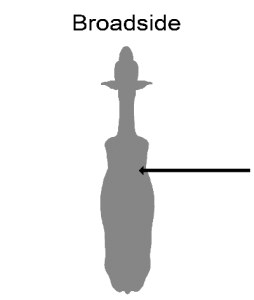
Wet-pack Test
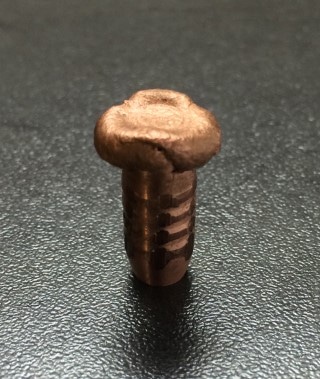
Entry & Exit
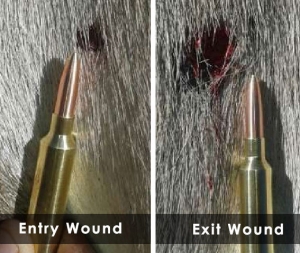
Grouping
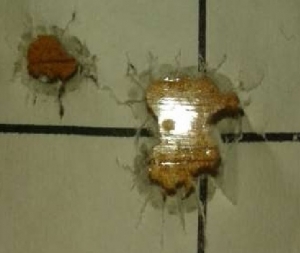
More Hunting Stories
Loading Peregrine pistol bullets 45ACP and 40S&W
The reloading 45 ACP rounds e [...]
Jamie Hughes | Utah Mountains
My name is Jamie Hughes, and I [...]
Johan Calitz in Tanzania
Our friend, legendary professi [...]
Common Waterbuck | May 2013 | Corno van Rooyen
While on a hunting trip in the [...]

